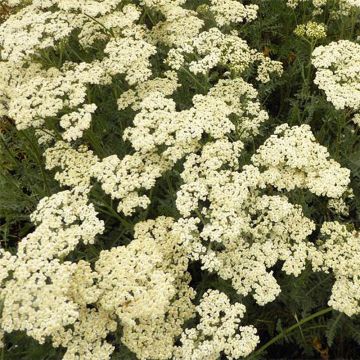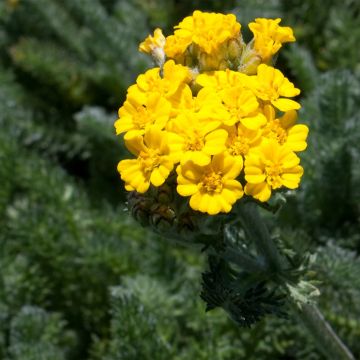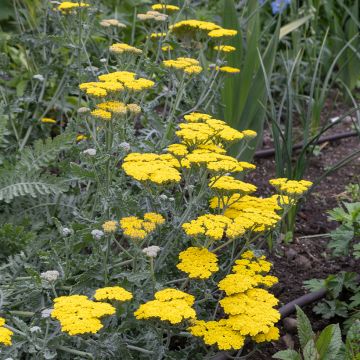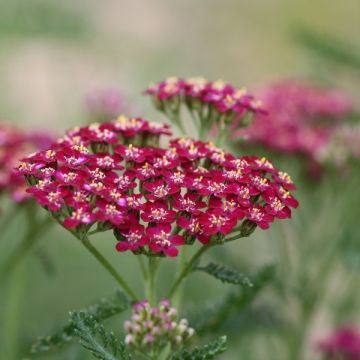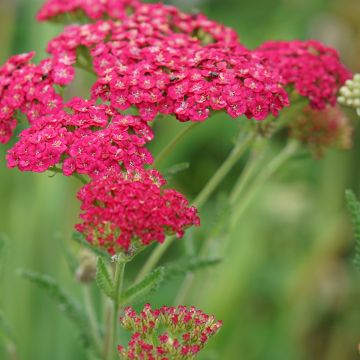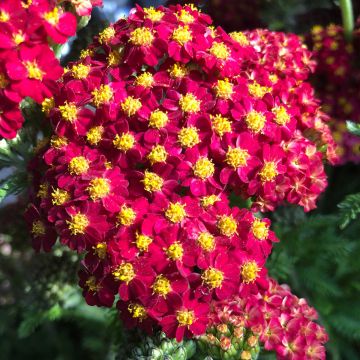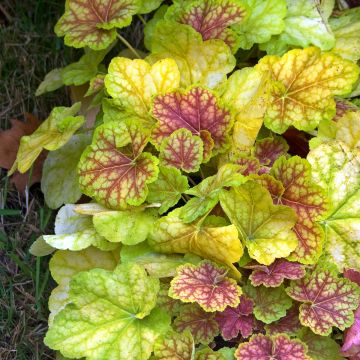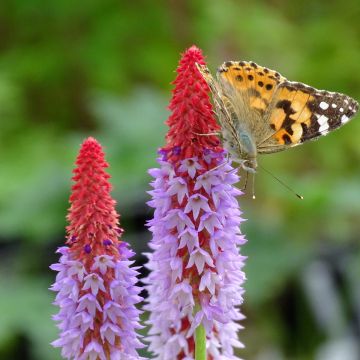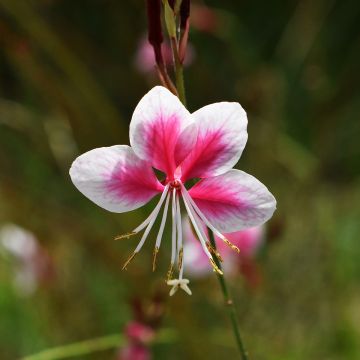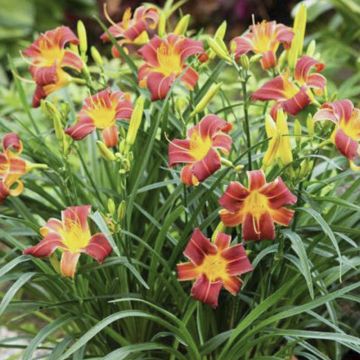

Achillea crithmifolia
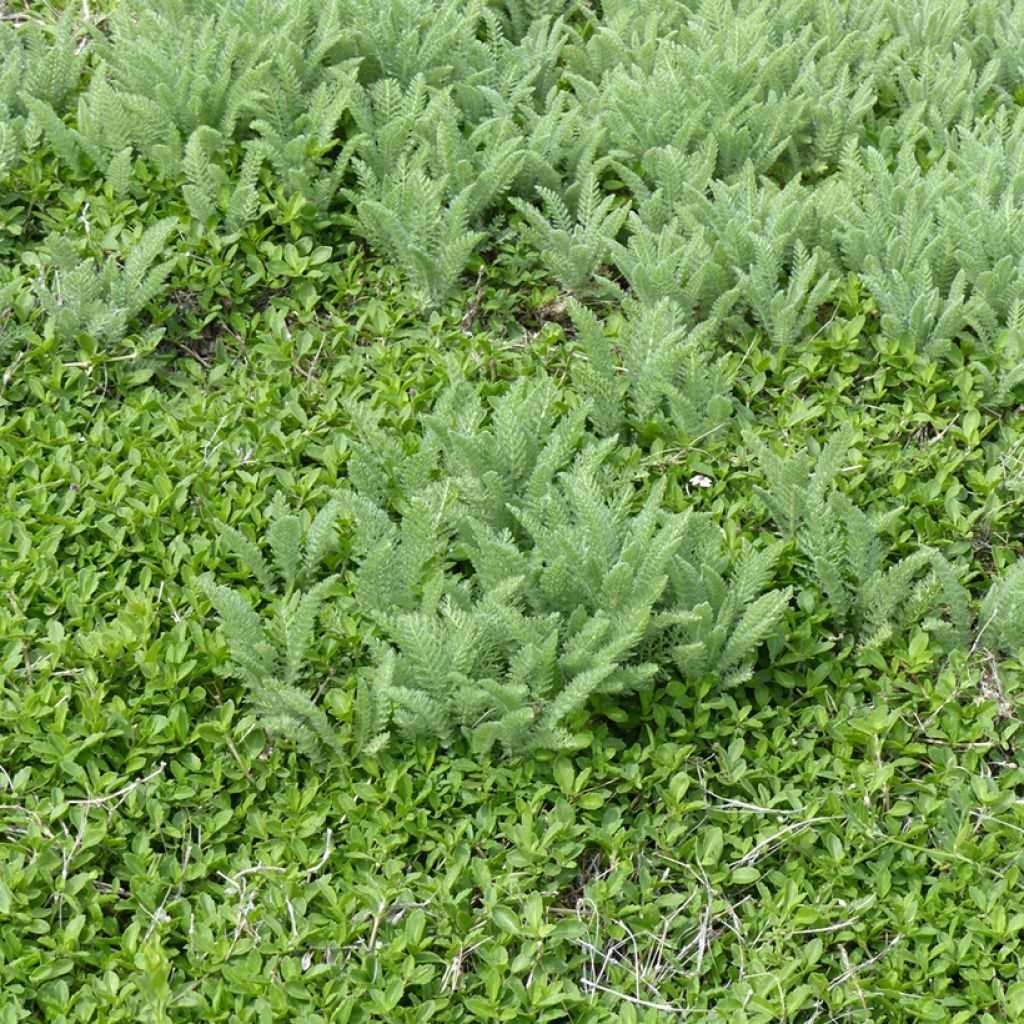

Achillea crithmifolia
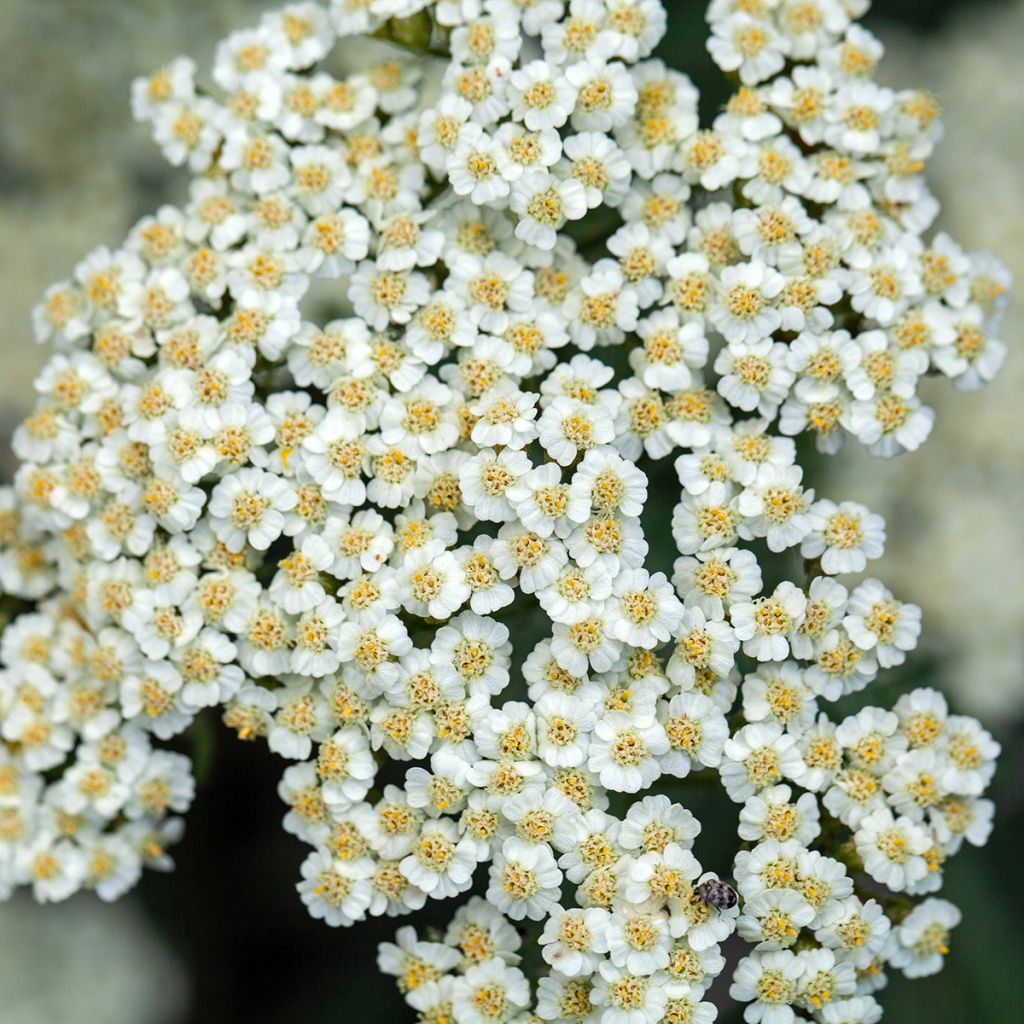

Achillea crithmifolia
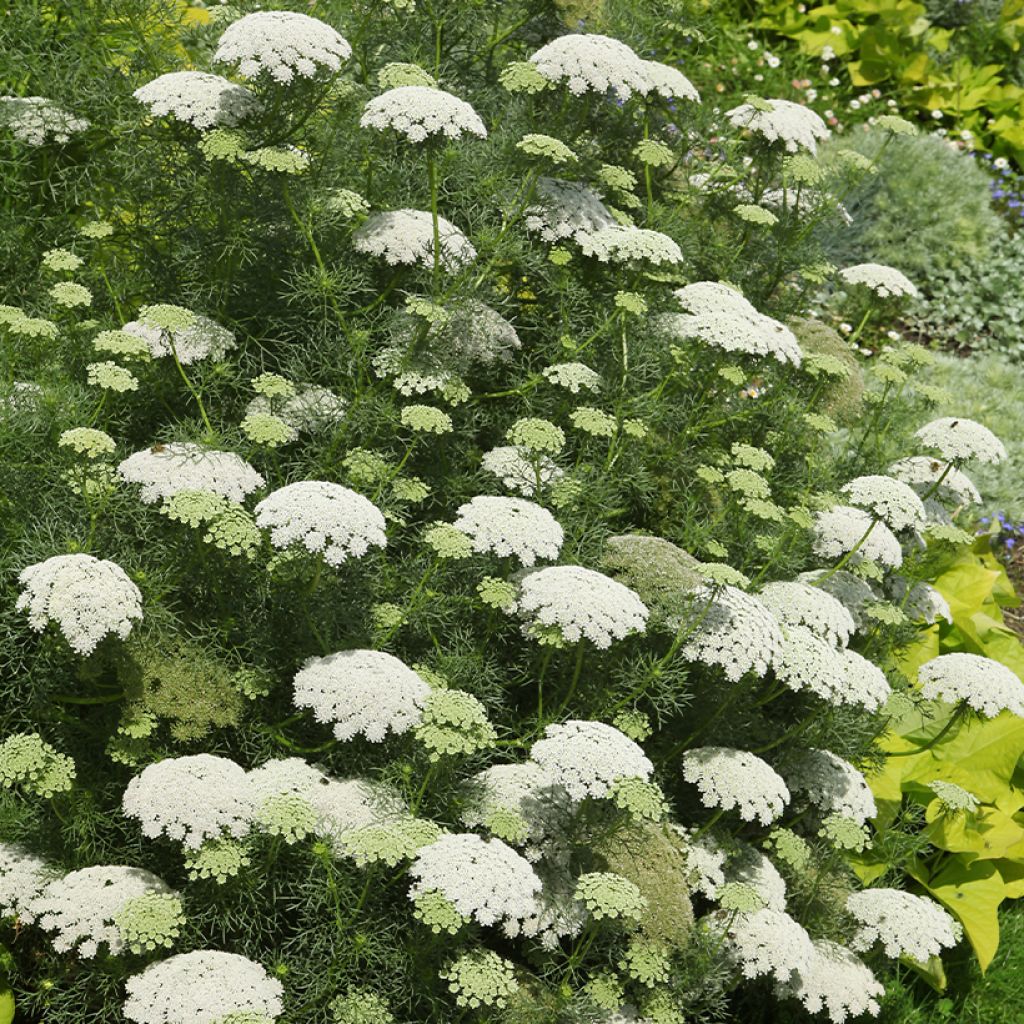

Achillea crithmifolia
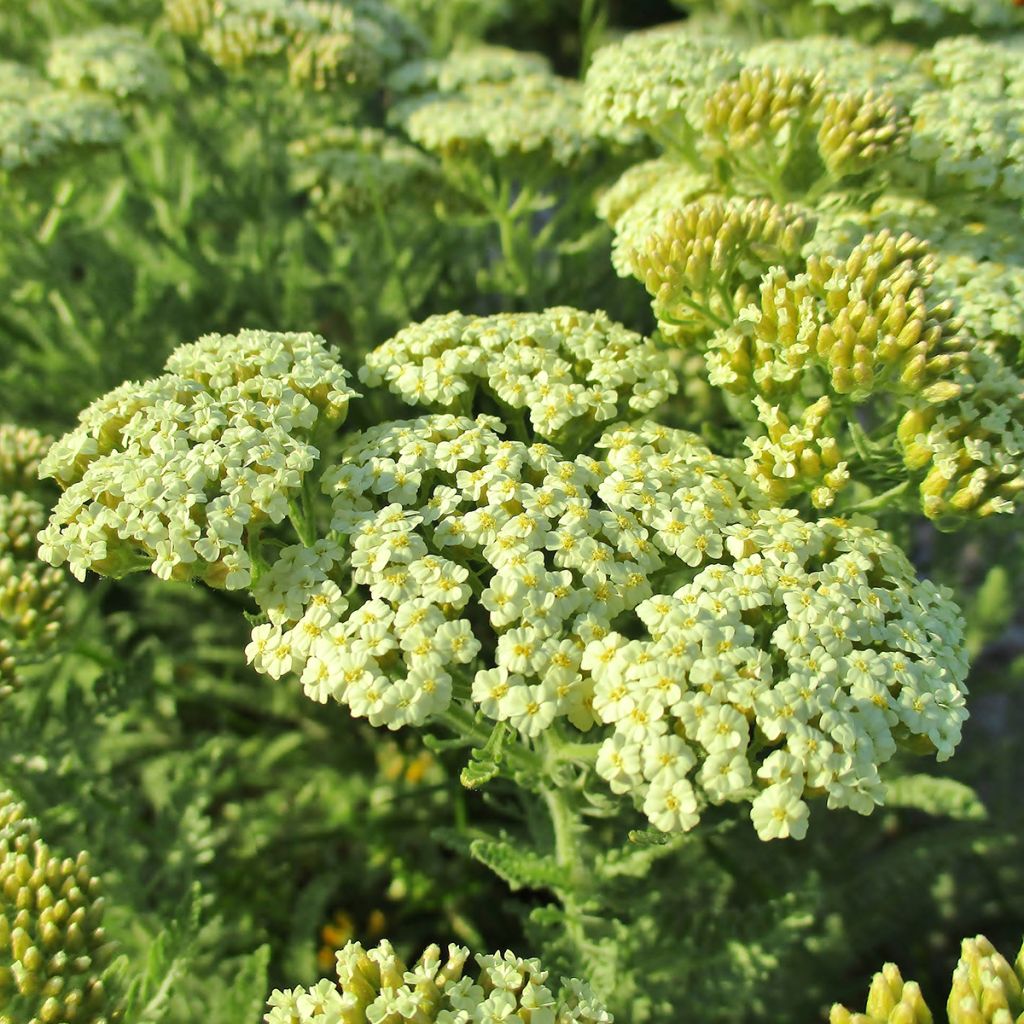

Achillea crithmifolia
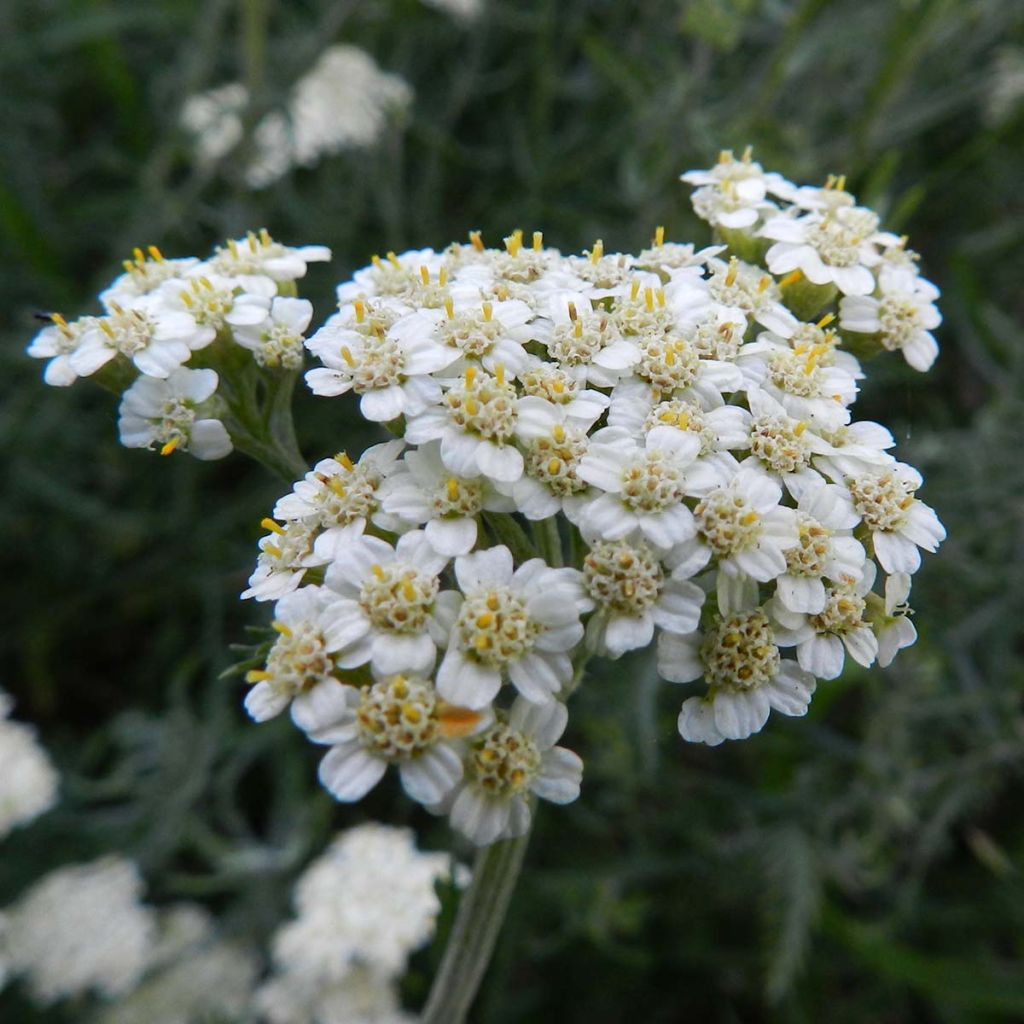

Achillea crithmifolia
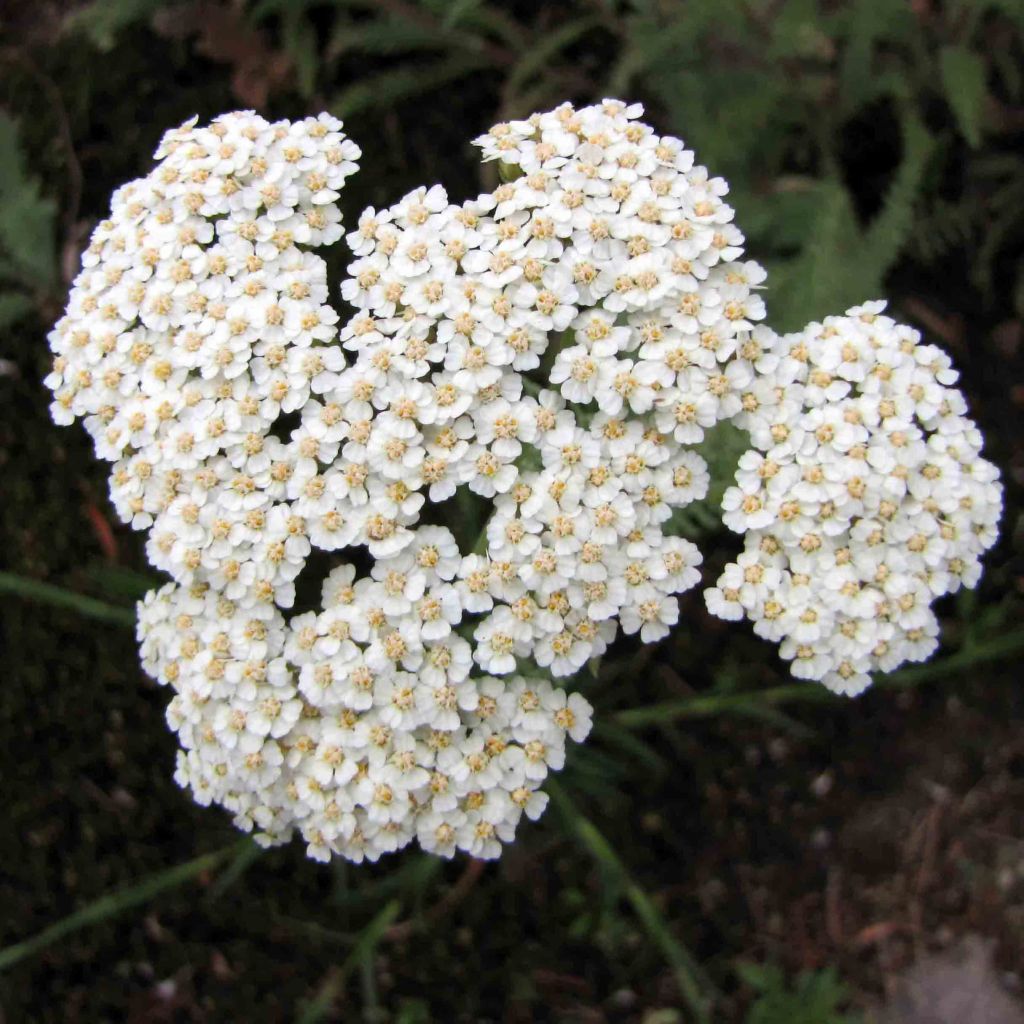

Achillea crithmifolia
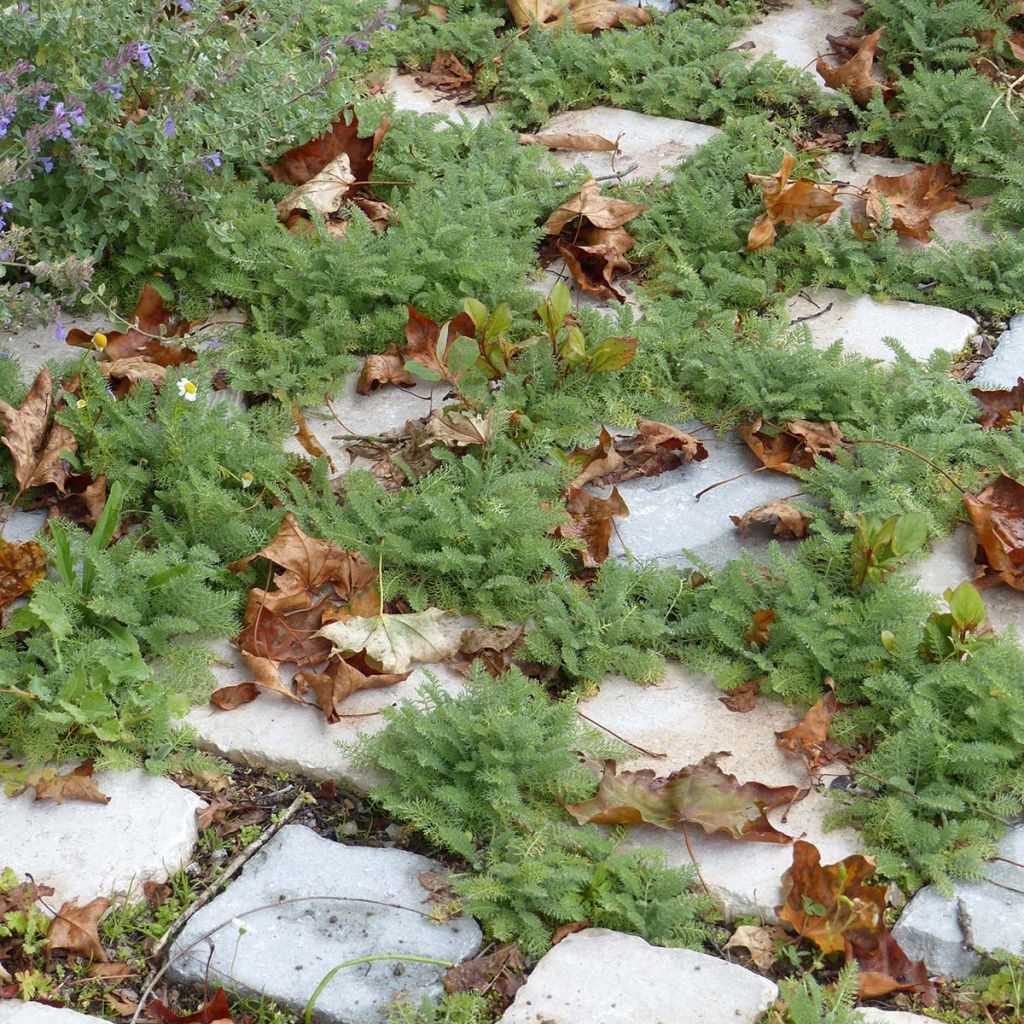

Achillea crithmifolia


Achillea crithmifolia
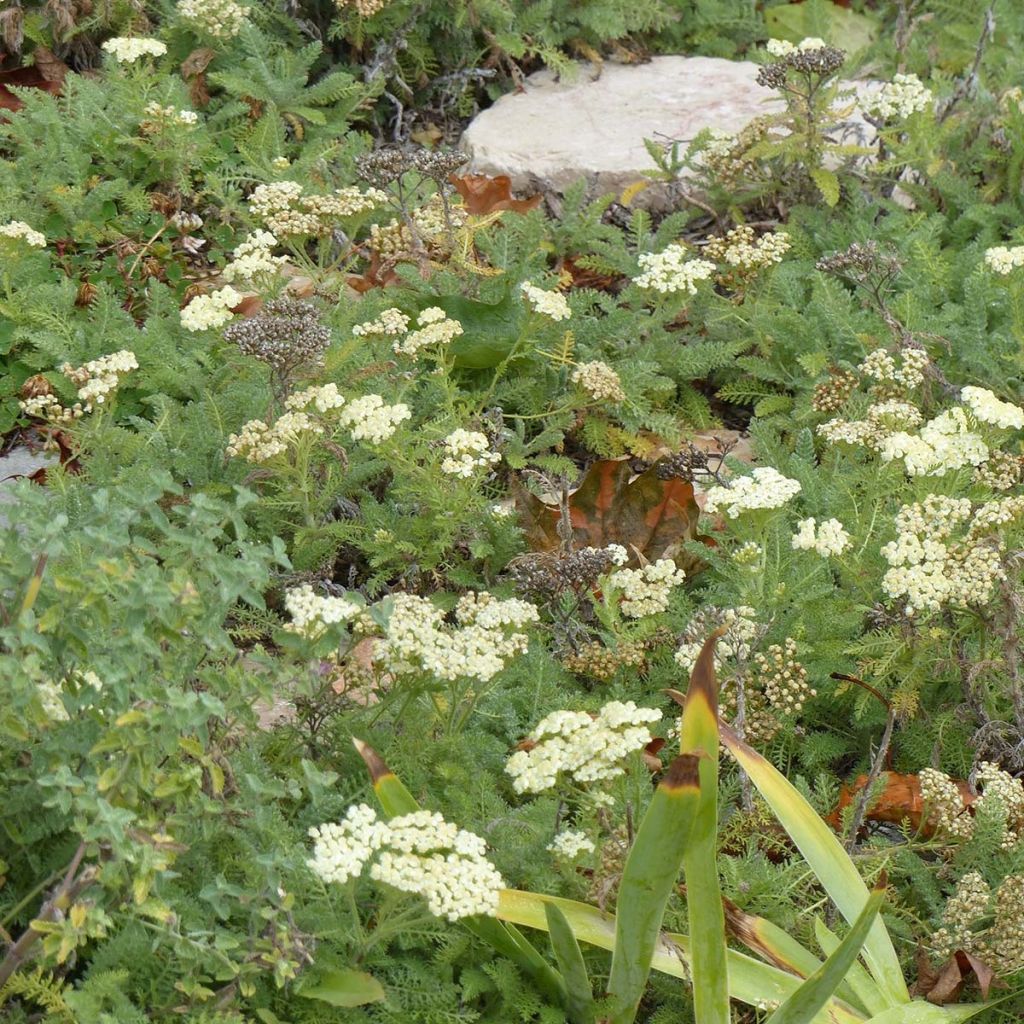

Achillea crithmifolia
Achillea crithmifolia
Achillea crithmifolia
Crithmium-leaved yarrow
good upon receipt, needs to grow
anny, 03/06/2025
Special offer!
Receive a €20 voucher for any order over €90 (excluding delivery costs, credit notes, and plastic-free options)!
1- Add your favorite plants to your cart.
2- Once you have reached €90, confirm your order (you can even choose the delivery date!).
3- As soon as your order is shipped, you will receive an email containing your voucher code, valid for 3 months (90 days).
Your voucher is unique and can only be used once, for any order with a minimum value of €20, excluding delivery costs.
Can be combined with other current offers, non-divisible and non-refundable.
Home or relay delivery (depending on size and destination)
Schedule delivery date,
and select date in basket
This plant carries a 12 months recovery warranty
More information
We guarantee the quality of our plants for a full growing cycle, and will replace at our expense any plant that fails to recover under normal climatic and planting conditions.
Would this plant suit my garden?
Set up your Plantfit profile →
Description
The Achillea crithmifolia, or Sea Fennel-leaved Yarrow, is a vigorous perennial plant that quickly forms a wide and dense evergreen carpet. Its finely cut, silvery grey foliage is soft to the touch and adorned with white to creamy umbels in summer, varying in abundance depending on the soil moisture. Perfectly hardy and tolerant of summer drought, it can withstand moderate footfall, making it an excellent alternative to lawns, even on large surfaces. It can be grown in full sun or partial shade, in any type of soil, on its own or in combination with other ground cover plants.
The Achillea crithmifolia, belonging to the Asteraceae family, is native to mountainous regions in the Balkans. The plant forms a vigorous, naturally-looking ground cover, reaching a height of 15 to 25 cm (6 to 10in) when in bloom, depending on growing conditions. It spreads rapidly, covering an area of 50 cm (20in) to 1m (3ft) through suckers. Its foliage, evergreen in winter, may dry out in summer during periods of intense drought, but the plant will quickly recover with the first rains. Finely cut, feathery, with a greyish-green colour and silvery reflections, and slightly downy, it has a very soft appearance that is pleasant to touch. The flowering, more abundant in moist soil, occurs in June-July, with flat umbel flower heads composed of tiny white flowers with creamy yellow centres.
All yarrows thrive in full sun and have excellent hardiness. Achillea crithmifolia requires very little maintenance and can be used as a ground cover on fairly large surfaces, up to 200 square metres. Yarrow is a plant that can be a great addition to your garden. It is very hardy, undemanding, and water-efficient. This plant can limit the growth of unwanted plants and give a natural look to your garden. To control its invasive tendencies, you can install anti-rhizome barriers. It can even replace the need for mowing and watering that comes with having a lawn, even in dry climates with moderate traffic. It can be combined with other vigorous ground cover plants with complementary growth cycles, such as Phyla nodiflora: in summer, the lush and flowering Phyla dominates, while in winter, the soft silvery foliage of the Achillea takes over. This beautiful combination can also effectively cover the ground in solid perennial flower beds, such as Geranium sanguineum, Erigeron karvinskianus, and Nepeta x faassenii. Many combinations are possible, including Thymus (hirsutus, ciliatus) and other yarrows (millefolium, coarctata, nobilis).
Report an error about the product description
Achillea crithmifolia in pictures


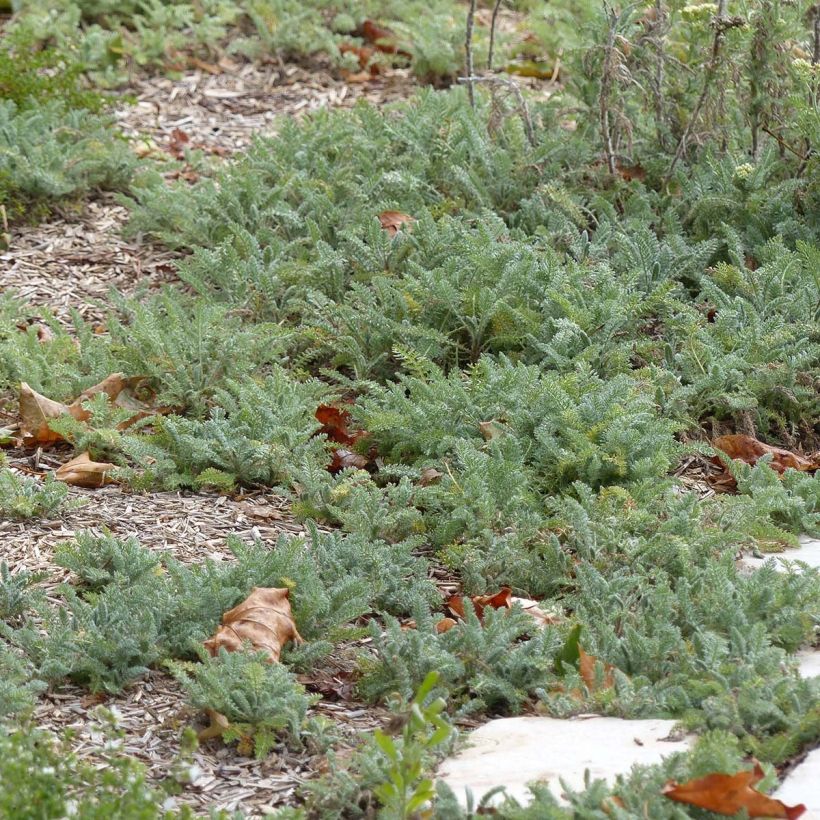



Flowering
Foliage
Plant habit
Botanical data
Achillea
crithmifolia
Asteraceae
Crithmium-leaved yarrow
Caucasus
Other Achillea
View all →Planting and care
The Achillea crithmifolia is a simple-to-grow plant that likes sunlight but can also tolerate partial shade in hot and dry climates. It can grow in ordinary soil that has been prepared and loosened to help it establish. This plant can adapt to drained limestone or clay soils, even in dry summers. In areas with low rainfall, watering every 2 weeks is enough to prevent the foliage from drying out, but in most other areas, it can manage on its own. While it isn't very picky about soil type, it will grow better and have more flowers in moist soil. This plant can handle water shortages without a problem - it goes dormant during dry times but comes back strong when it rains. It's important to weed carefully during the first year until the plant has fully spread. After that, manual weeding should be done 2 to 3 times per year. On larger surfaces, you can use mowing instead of manual weeding.
Planting period
Intended location
Care
-
, onOrder confirmed
Reply from on Promesse de fleurs
Similar products
Haven't found what you were looking for?
Hardiness is the lowest winter temperature a plant can endure without suffering serious damage or even dying. However, hardiness is affected by location (a sheltered area, such as a patio), protection (winter cover) and soil type (hardiness is improved by well-drained soil).

Photo Sharing Terms & Conditions
In order to encourage gardeners to interact and share their experiences, Promesse de fleurs offers various media enabling content to be uploaded onto its Site - in particular via the ‘Photo sharing’ module.
The User agrees to refrain from:
- Posting any content that is illegal, prejudicial, insulting, racist, inciteful to hatred, revisionist, contrary to public decency, that infringes on privacy or on the privacy rights of third parties, in particular the publicity rights of persons and goods, intellectual property rights, or the right to privacy.
- Submitting content on behalf of a third party;
- Impersonate the identity of a third party and/or publish any personal information about a third party;
In general, the User undertakes to refrain from any unethical behaviour.
All Content (in particular text, comments, files, images, photos, videos, creative works, etc.), which may be subject to property or intellectual property rights, image or other private rights, shall remain the property of the User, subject to the limited rights granted by the terms of the licence granted by Promesse de fleurs as stated below. Users are at liberty to publish or not to publish such Content on the Site, notably via the ‘Photo Sharing’ facility, and accept that this Content shall be made public and freely accessible, notably on the Internet.
Users further acknowledge, undertake to have ,and guarantee that they hold all necessary rights and permissions to publish such material on the Site, in particular with regard to the legislation in force pertaining to any privacy, property, intellectual property, image, or contractual rights, or rights of any other nature. By publishing such Content on the Site, Users acknowledge accepting full liability as publishers of the Content within the meaning of the law, and grant Promesse de fleurs, free of charge, an inclusive, worldwide licence for the said Content for the entire duration of its publication, including all reproduction, representation, up/downloading, displaying, performing, transmission, and storage rights.
Users also grant permission for their name to be linked to the Content and accept that this link may not always be made available.
By engaging in posting material, Users consent to their Content becoming automatically accessible on the Internet, in particular on other sites and/or blogs and/or web pages of the Promesse de fleurs site, including in particular social pages and the Promesse de fleurs catalogue.
Users may secure the removal of entrusted content free of charge by issuing a simple request via our contact form.
The flowering period indicated on our website applies to countries and regions located in USDA zone 8 (France, the United Kingdom, Ireland, the Netherlands, etc.)
It will vary according to where you live:
- In zones 9 to 10 (Italy, Spain, Greece, etc.), flowering will occur about 2 to 4 weeks earlier.
- In zones 6 to 7 (Germany, Poland, Slovenia, and lower mountainous regions), flowering will be delayed by 2 to 3 weeks.
- In zone 5 (Central Europe, Scandinavia), blooming will be delayed by 3 to 5 weeks.
In temperate climates, pruning of spring-flowering shrubs (forsythia, spireas, etc.) should be done just after flowering.
Pruning of summer-flowering shrubs (Indian Lilac, Perovskia, etc.) can be done in winter or spring.
In cold regions as well as with frost-sensitive plants, avoid pruning too early when severe frosts may still occur.
The planting period indicated on our website applies to countries and regions located in USDA zone 8 (France, United Kingdom, Ireland, Netherlands).
It will vary according to where you live:
- In Mediterranean zones (Marseille, Madrid, Milan, etc.), autumn and winter are the best planting periods.
- In continental zones (Strasbourg, Munich, Vienna, etc.), delay planting by 2 to 3 weeks in spring and bring it forward by 2 to 4 weeks in autumn.
- In mountainous regions (the Alps, Pyrenees, Carpathians, etc.), it is best to plant in late spring (May-June) or late summer (August-September).
The harvesting period indicated on our website applies to countries and regions in USDA zone 8 (France, England, Ireland, the Netherlands).
In colder areas (Scandinavia, Poland, Austria...) fruit and vegetable harvests are likely to be delayed by 3-4 weeks.
In warmer areas (Italy, Spain, Greece, etc.), harvesting will probably take place earlier, depending on weather conditions.
The sowing periods indicated on our website apply to countries and regions within USDA Zone 8 (France, UK, Ireland, Netherlands).
In colder areas (Scandinavia, Poland, Austria...), delay any outdoor sowing by 3-4 weeks, or sow under glass.
In warmer climes (Italy, Spain, Greece, etc.), bring outdoor sowing forward by a few weeks.






























